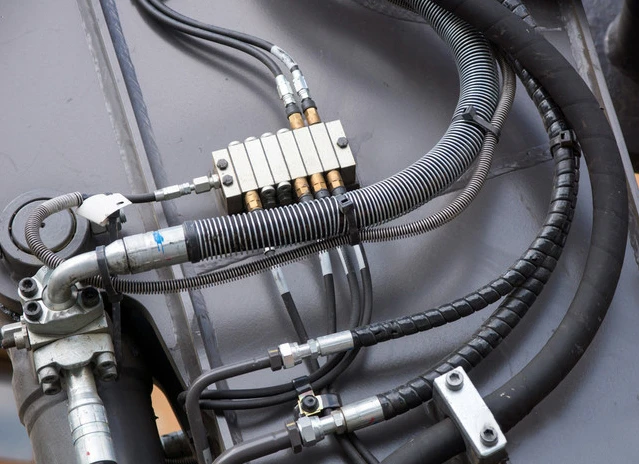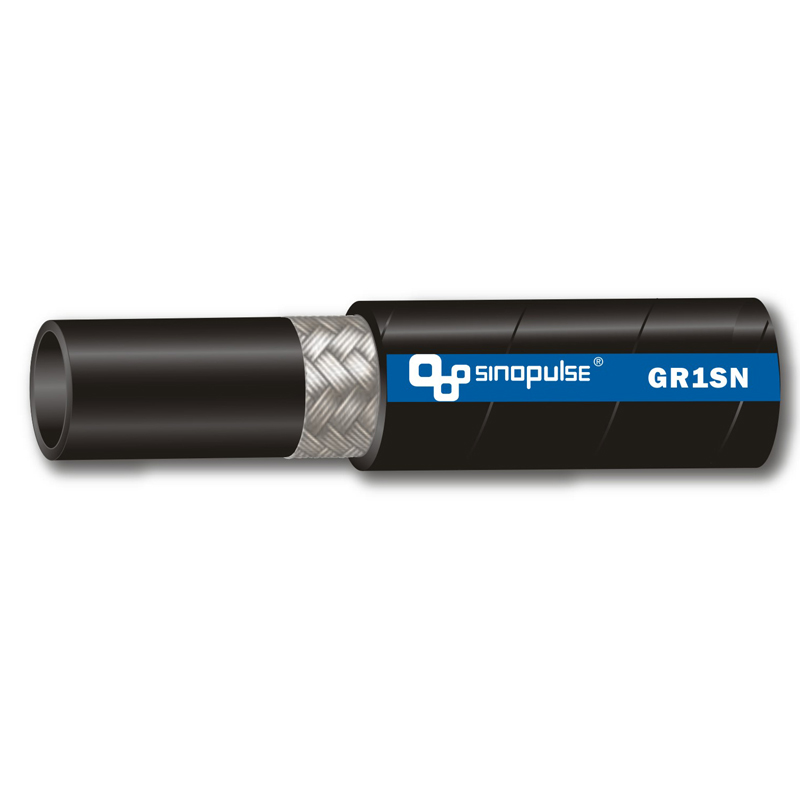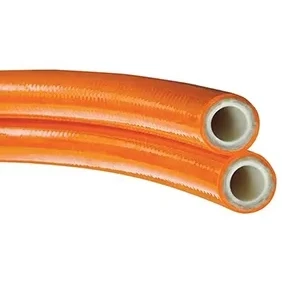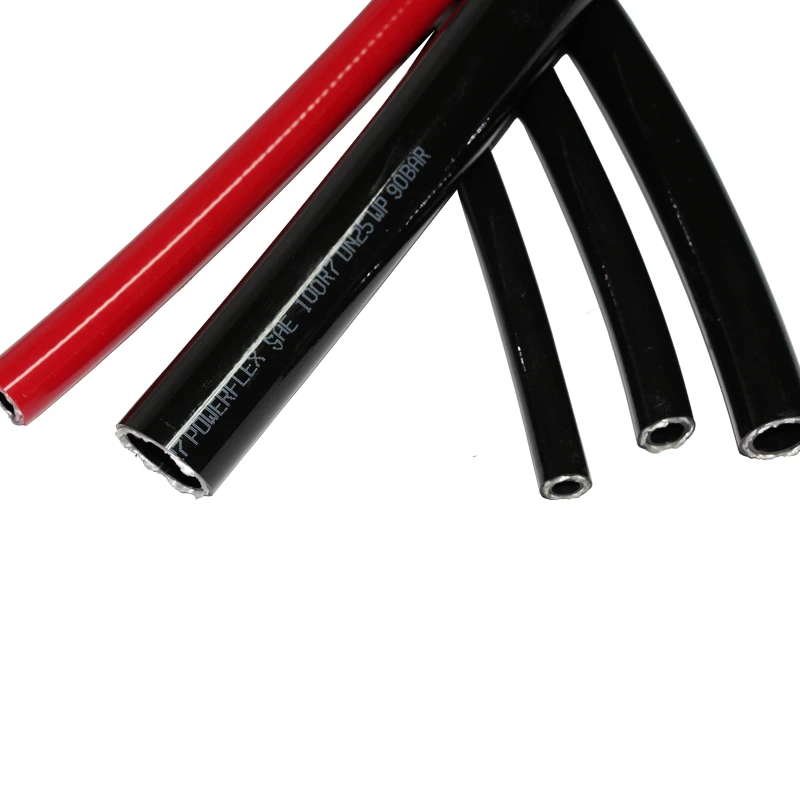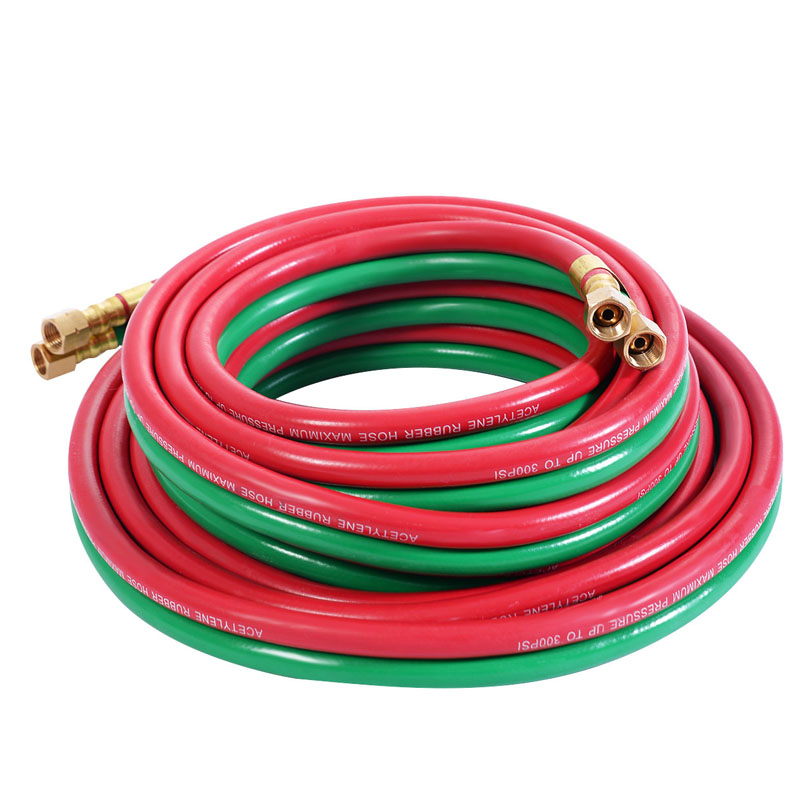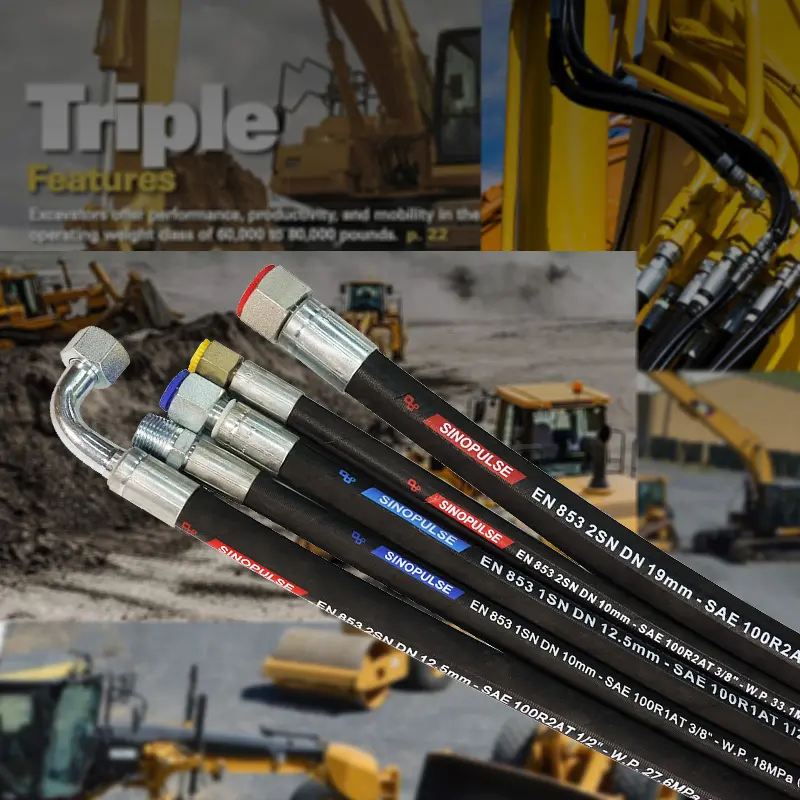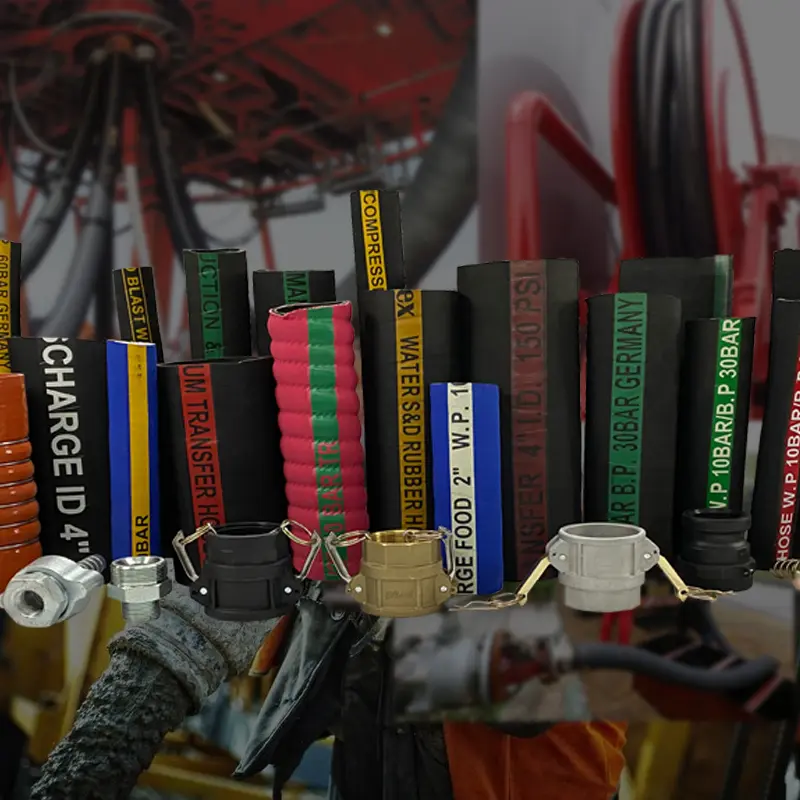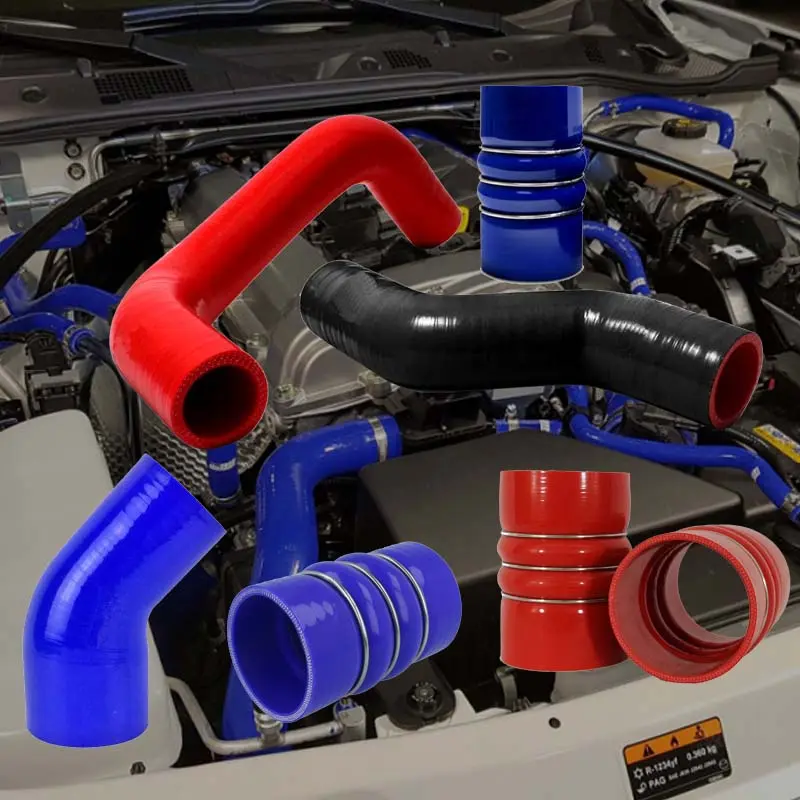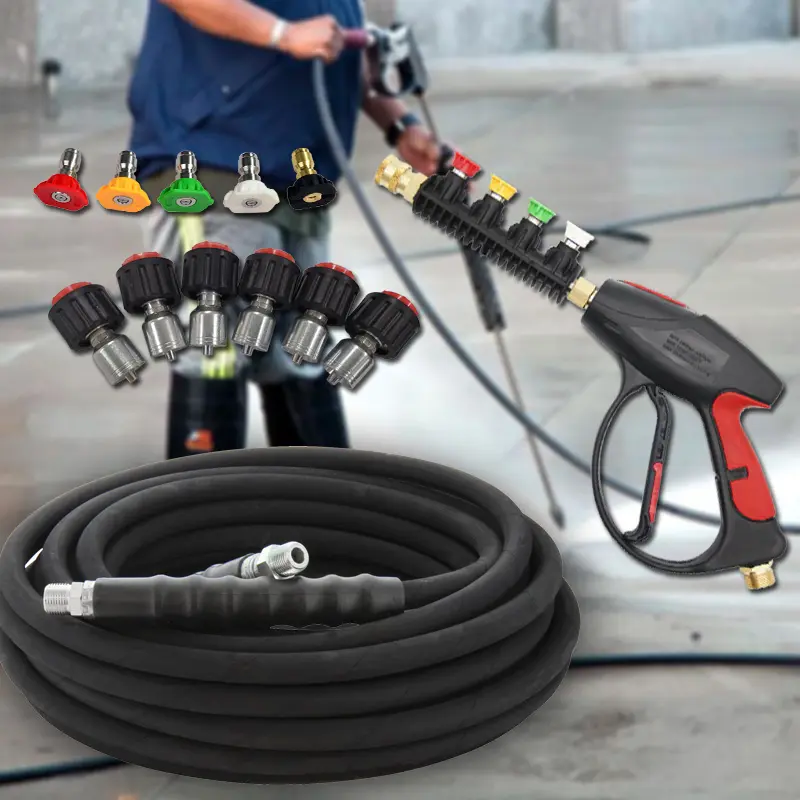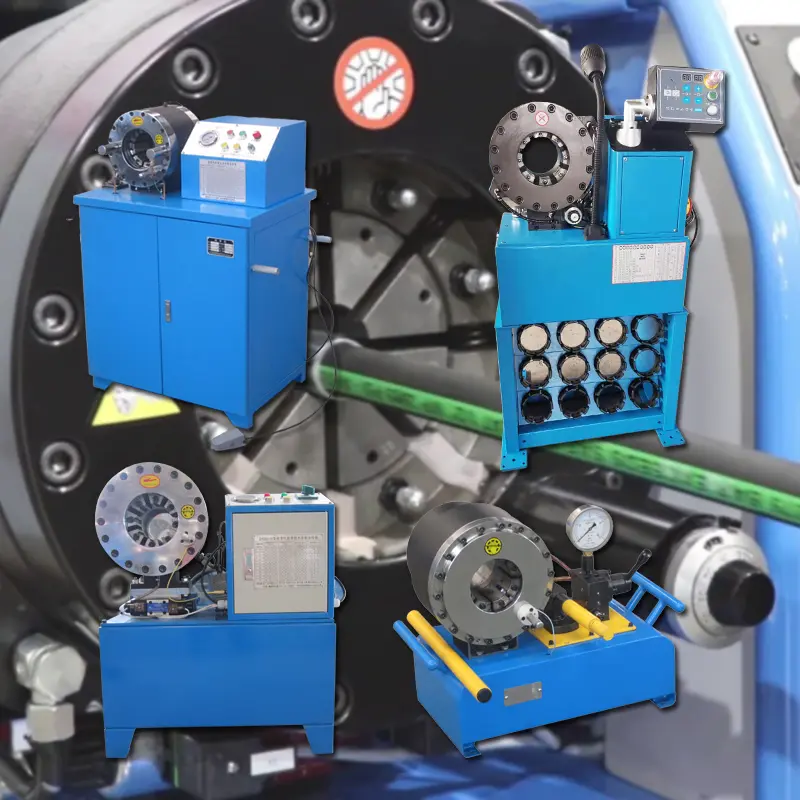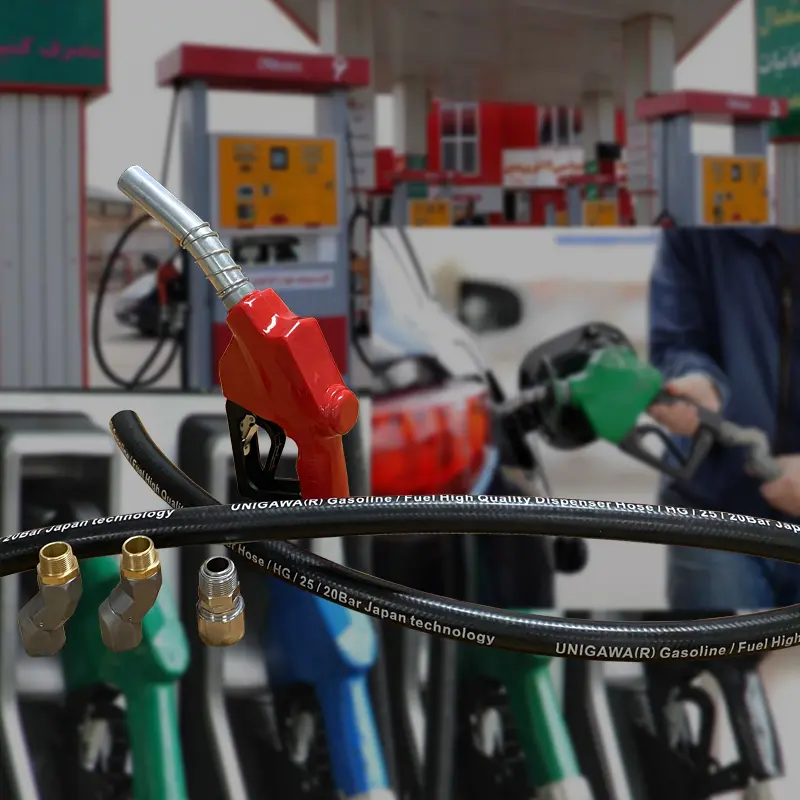Understanding Braided Hose Applications, Benefits, and Considerations
In the world of engineering and manufacturing, the importance of selecting the right type of hose for various applications cannot be overstated. Among the various types of hoses available, braided hoses have emerged as a popular choice across a multitude of industries, thanks to their durability, flexibility, and resistance to various environmental factors. In this article, we will delve into the characteristics of braided hoses, their applications, benefits, and factors to consider when choosing the right braided hose for your needs.
What is a Braided Hose?
A braided hose is a type of flexible hose that features an outer layer made of interwoven strands of material, usually metal (like stainless steel) or synthetic fibers. These strands provide added strength and durability to the hose, making it suitable for applications involving high pressure, temperature fluctuations, and other challenging environments. Braided hoses can be designed to carry liquids, gases, and sometimes solids, depending on the materials used in their construction.
Applications of Braided Hose
Braided hoses are widely used in various sectors due to their versatility. Here are some common applications
1. Automotive In the automotive industry, braided hoses are frequently used for brake lines, fuel lines, and coolant systems. Their ability to withstand high pressure and temperature makes them ideal for these critical systems.
2. Hydraulics Braided hoses are essential components in hydraulic systems, as they can handle high-pressure fluids without bursting. They are used in machinery, construction equipment, and various industrial applications.
4. Medical In medical devices and equipment, braided hoses are used for fluid transfer and gas delivery. Their ability to resist kinks and pressure variations makes them suitable for critical medical applications.
5. Chemical Processing Braided hoses are often found in chemical processing plants where they are used to transfer corrosive and abrasive substances. The outer braid protects the hose from wear and tear caused by harsh chemicals.
Benefits of Braided Hose
1. Strength and Durability The braided design significantly enhances the hose's strength, enabling it to handle higher pressures and more demanding environments than non-braided options.
braided hose
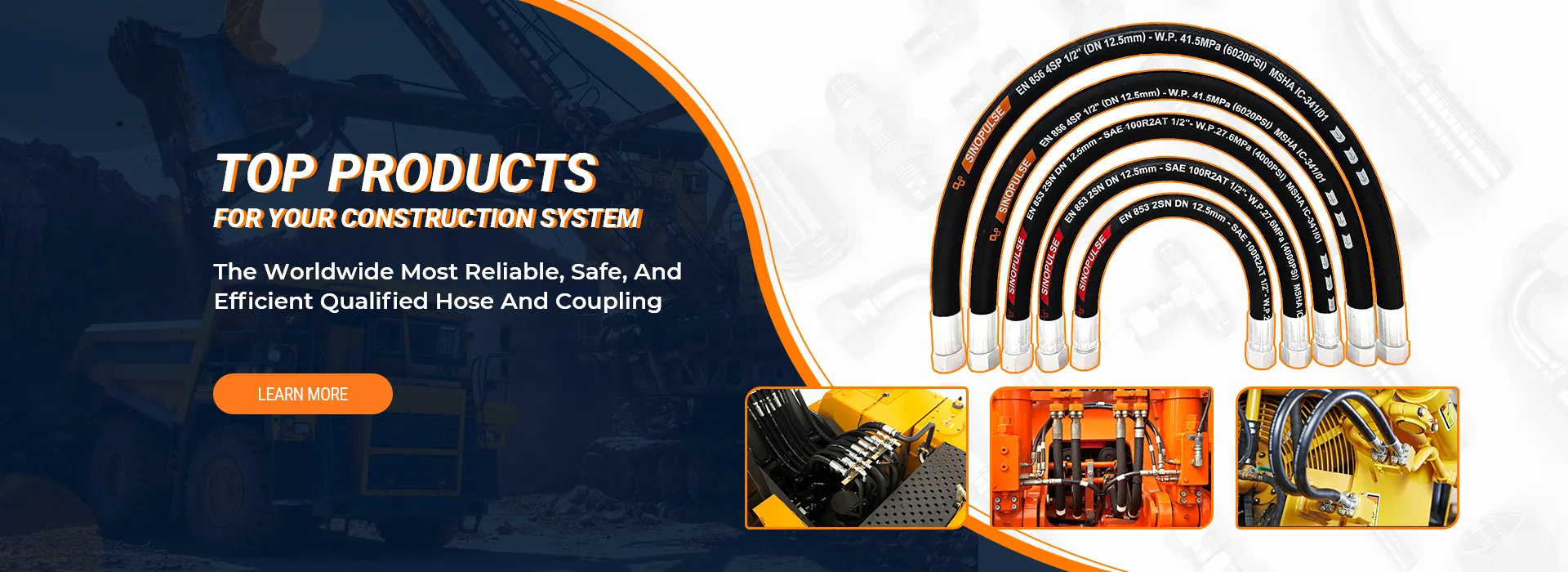
2. Flexibility Braided hoses are typically more flexible than rigid pipes or non-braided hoses, allowing for easier installation in tight spaces.
3. Resistance to Damage The outer braid provides resistance against abrasions, impacts, and environmental factors, extending the hose's lifespan.
4. Temperature Tolerance Braided hoses can maintain performance across a wide range of temperatures, making them suitable for both hot and cold applications.
5. Reduced Weight Many braided hoses are lighter than alternative materials, such as metal pipes, which can contribute to fuel efficiency in vehicles and reduced strain on machinery.
Considerations When Choosing a Braided Hose
While braided hoses offer numerous advantages, it is essential to consider several factors before selecting the right one for your application
1. Material Compatibility Ensure that the hose material is compatible with the fluids or gases it will transport to prevent degradation and leaks.
2. Pressure Rating Always check the pressure rating of the hose to guarantee it can handle the operational pressures of your system.
3. Temperature Range Verify that the hose can operate effectively within the temperature ranges specific to your application.
4. Bend Radius When routing braided hoses, consider the minimum bend radius to avoid kinks that could impede flow or damage the hose.
5. Certification For certain applications, especially in aerospace or medical industries, ensure that the hose meets relevant industry standards and certifications.
Conclusion
Braided hoses are invaluable components in a wide range of engineering and manufacturing applications. Their strength, flexibility, and durability make them a top choice across various industries, from automotive to aerospace. By understanding the unique characteristics and benefits of braided hoses, as well as the factors to consider when selecting them, you can ensure optimal performance and reliability in your applications. Choosing the right braided hose plays a crucial role in enhancing efficiency and safety across projects, making it an essential consideration for engineers and manufacturers alike.
Product Application









